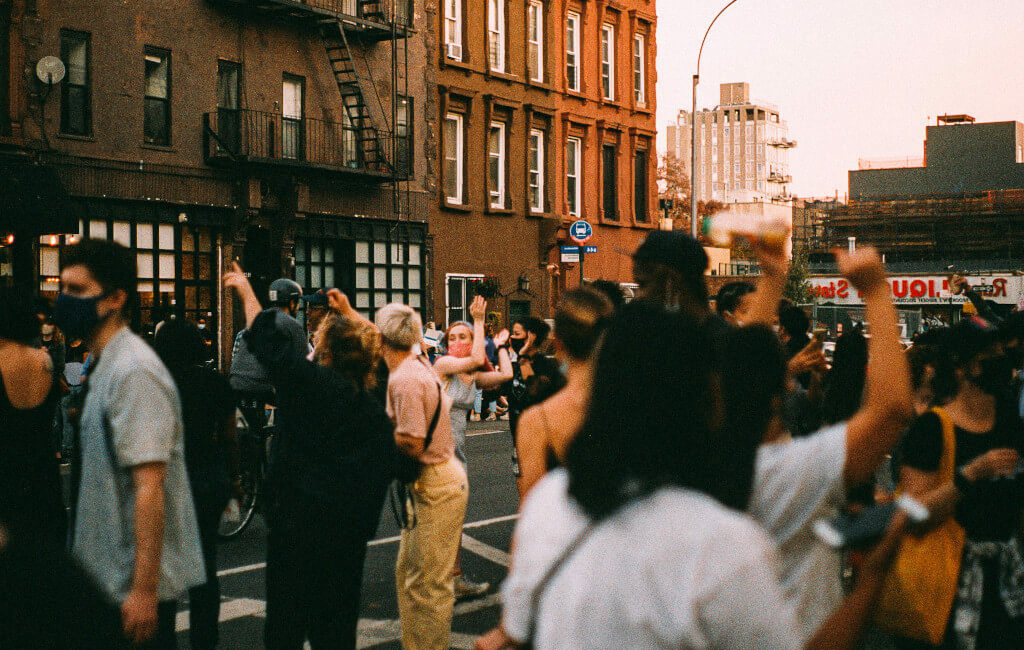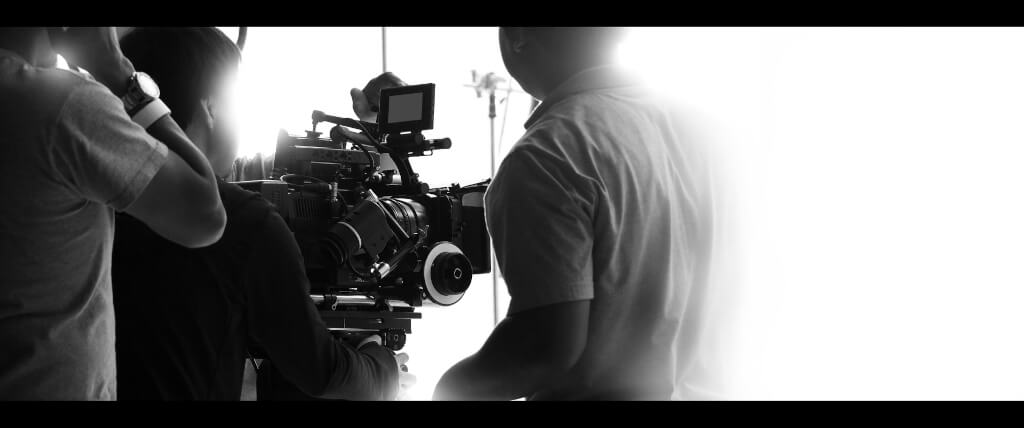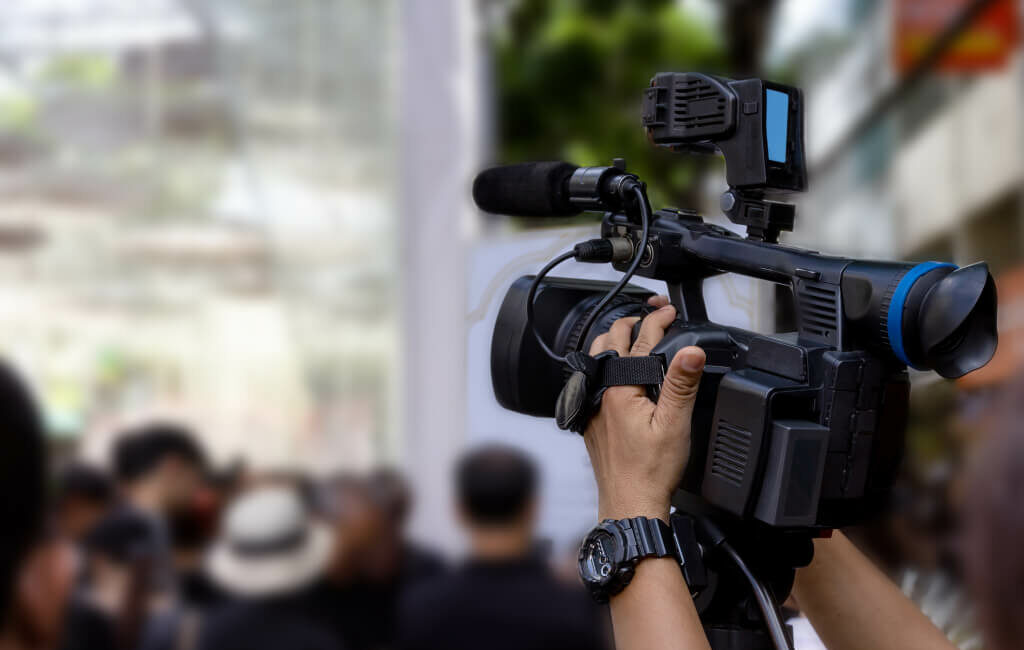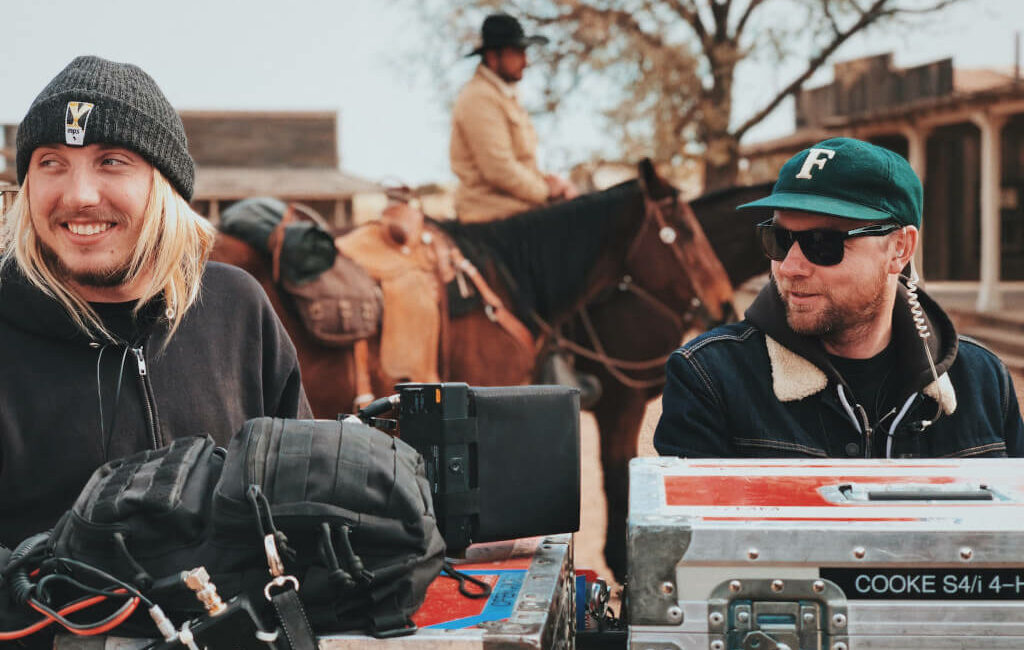Animals may surprise their owners in many ways, as any pet owner knows. Even if their handlers have the patience to work with them, they still need training in how to keep them under control on set. Here are some common blunders that people make when working with animals, whether they have done it previously or […]
Continue readingCategory: Production
How to Succeed in Film Production Accounting
With an expanding production company, managing money and making a profit has become increasingly intricate and crucial tasks. Is your accountant’s explanation of the key performance indicators for your company leaving you more bewildered than before? Your accountant is probably taking advantage of the reality that your knowledge resides in production rather than accounting if […]
Continue readingA Producer’s View on Safe Working Conditions on Set
Unusual working conditions may arise due to production. Fistfights, explosions, crashed cars, or even someone putting themselves on fire are all possibilities during a typical day on set. That’s just for Tuesday, too! Filmmaking is an inherently dangerous profession, thus protecting everyone on set should be an absolute must. Because of this, the information presented here […]
Continue readingStop Making These Unacceptable Mistakes in Production
Over the years, my work as a writer, producer, and actor has exposed me to some terrifying situations. The rising popularity of shorts, web series, and independent features makes it an ideal moment to brush up on the fundamentals of filmmaking, whether you’re behind the camera or in front of it. Ghosting Lack of communication […]
Continue readingWhy Film Fixers Are Essential for Successful International Productions
What Exactly Do Film Fixers Do? Film fixers are often referred to as “service producers” because they are also responsible for creating content. From pre-production through post-production, they offer comprehensive services for local productions. Harry gave us the lowdown on the behind-the-scenes work that film fixers do to facilitate production on a global scale. We’ll […]
Continue readingSteps to Producing an Incredible Car Commercial
Advertisements vary greatly in quality. It’s just as difficult to photograph a bottle of water as it is a famous actor dancing the night away in a crowded nightclub. However, understanding how to create a vehicle commercial is possibly the greatest difficulty of any commercial genre. An automobile commercial is similar to other types of […]
Continue readingThe Rise of International Film Productions in the Mother City
The film industry has grown tremendously in this quaint community over the years. The film industry in Cape Town has grown fast from its humble beginnings to become a global centre. In this essay, we set out on a thrilling adventure exploring the illustrious history and promising future of cinema in Cape Town. We start […]
Continue readingChallenges and Opportunities in Cape Town’s Film Production Industry
The film industry in Cape Town is as sophisticated as any other thriving industry. From regulatory limits to logistical difficulties, we explore them all here for filmmakers working in Cape Town. We’ll also look at the opportunities that arise from these obstacles, such as the cutting-edge technology, policy backing, and wide variety of resources that […]
Continue reading6 Crucial Factors to Think About When Setting Your Production Budget
Here are a few pointers for individuals who aren’t aware of how much preparation goes into a professional performance. Newcomers to the field of video production may be surprised by how much preparation goes into creating a polished final product. We hope that our breakdown of essential elements of pre-production will make for a more streamlined […]
Continue reading8 Ways to Raise Spirits on the Set
You, the director, may be focused on making a masterpiece, but it truly does take a community to make a film. There are a lot of people on set, and they all put in long hours to make sure everything goes well. How can you keep everyone satisfied, given the wide range of personalities present? […]
Continue reading








